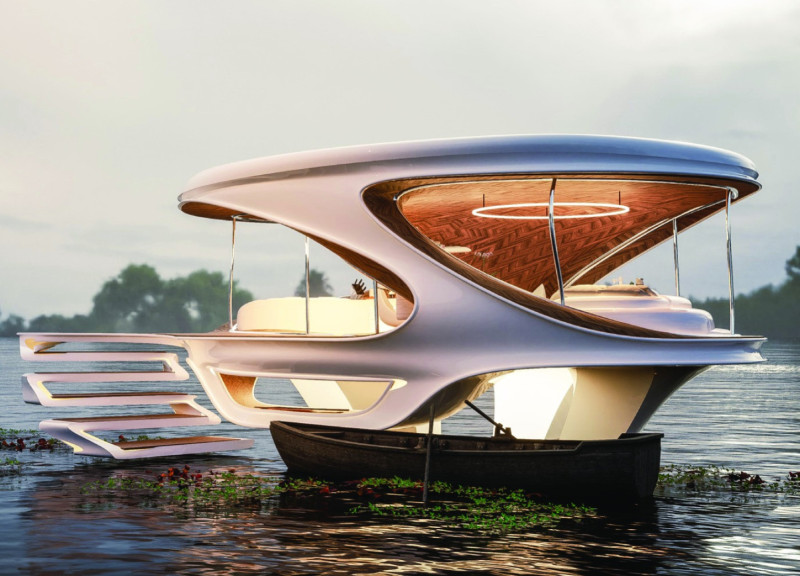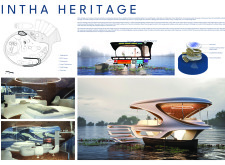5 key facts about this project
### Overview
The Intha Heritage project is located on the shores of Inle Lake in Myanmar, focusing on a micro-housing solution that integrates cultural heritage with modern ecological considerations. Designed to reflect the traditional architecture of the Intha community, the project aims to foster a connection to the surrounding natural environment while providing multifunctional living spaces for its inhabitants.
### Spatial Configuration and User Experience
The design incorporates distinct areas for sleeping, cooking, living, and working, organized to maximize functionality without sacrificing comfort. The open layout promotes natural ventilation and light, thereby reducing reliance on artificial lighting and climate control. Each space is designed with versatility in mind, allowing adaptability for various activities such as social gatherings, work, or leisure, in line with the dynamic lifestyle of the local community.
### Material Selection and Sustainable Practices
The use of locally-sourced materials, including bamboo, eco-friendly composites, and glass, reflects a commitment to sustainability and cultural resonance. Bamboo serves both structural and aesthetic purposes, while glass facilitates an extensive connection to the outdoor environment through large windows and sliding doors. Additionally, the incorporation of solar panels and a rainwater harvesting system aligns with eco-friendly practices, showcasing a holistic approach to resource management and energy efficiency. The floating structure design minimizes land use impacts, enhancing the overall ecological sensitivity of the project.


















































